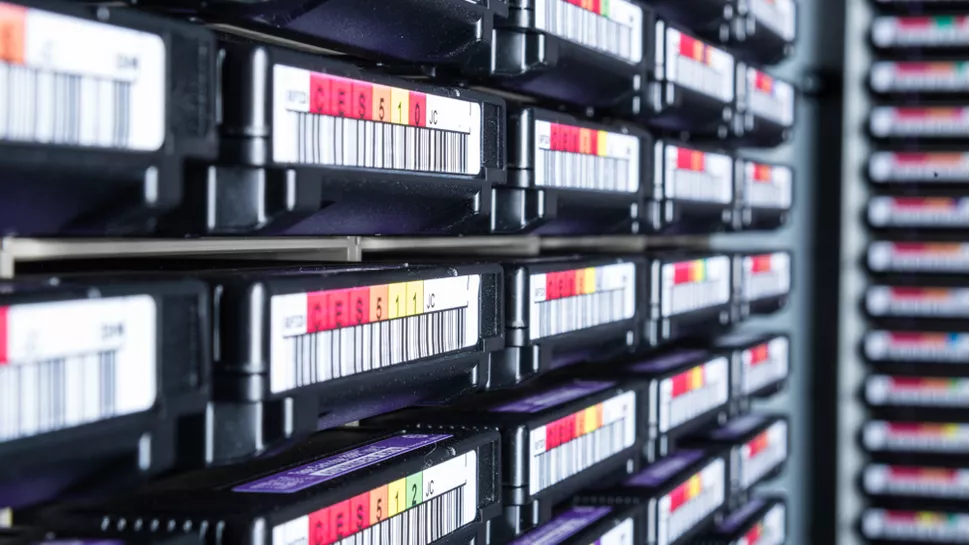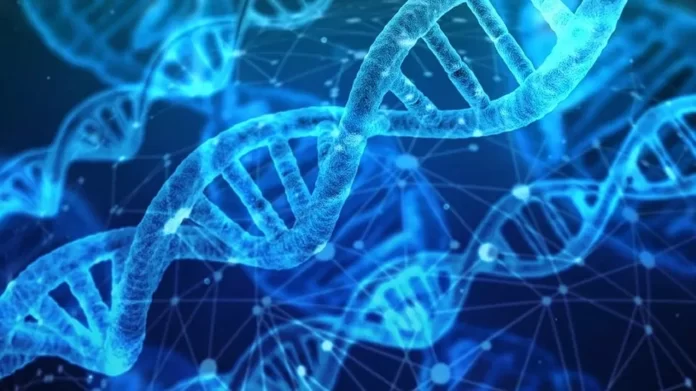According to a recent survey, corporations are in a precarious situation as the need for Data Storage space continues to soar.
The gap between current storage capacity and demand is expected to approach 7.8 million petabytes by 2030, according to a report (opens in new tab) co-published by Fujitsu and Twist Bioscience, both of which are active in the archive storage sector.
In this situation, firms will be forced to destroy sizable portions of old data in order to make way for the new, which should give any company with ambitions in fields like artificial intelligence a cold sweat.
Data dilemma
Businesses are running out of time to address a crucial issue: where to put all of the data that is being produced by internet activity, digital devices, and IoT sensors.
While both hard disc drives (HDDs) and solid-state drives (SSDs) are good at storing and supplying the amounts of data that servers and client devices require to operate, none is well-suited to store data in bulk and for extended periods of time.

Magnetic tape with a Linear Tape-Open (LTO) format, which has the lowest cost per capacity of any technology, is king when it comes to archival storage. LTO-9, the most recent type of tape, costs as little as $150 (or around $8.30 per TB) and has a native capacity of 18 TB.
According to the paper, as the amount of data generated by corporate activities keeps increasing, large organizations would need to make significant investments in tape and other archival mediums. The alternative would be to throw away old data, but doing so would mean losing out on its potential usefulness as a source of insight. Typically, the most cutting-edge AI systems are informed by the largest, most comprehensive pools of data.
According to report author Jon Monroe, the majority of this [new] enterprise data will remain unstructured, “cold,” rarely viewed, and will need to be kept at a low cost. Monroe argues the distribution of storage spending will need to reflect that fact.
Tape is cost-effective, but it also has drawbacks. For example, data can only be retrieved serially, making it difficult to find individual files, and businesses must switch to new tape on a semi-regular basis to prevent data loss.
Researchers are looking for new ultra-dense and ultra-durable storage solutions in light of these problems. There are a few different contenders, but DNA stands out as a particularly attractive idea.
DNA storage
Adenine (A), guanine (G), cytosine (C), and thymine are the four molecular building components that make up DNA, the fundamental component of all living things (T). The rungs of the well-known double helix ladder are formed by these compounds joining together in pairs (A-T & G-C).
By turning binary 1s and 0s into the four-letter genetic alphabet, this structure can be used as an incredibly dense and robust type of data storage. It has been discovered that one gramme of DNA may hold 215 PB (220,000 TB) of information.
According to Emily Leproust, CEO and co-founder of Twist Bioscience, which is substantially investing in the development of technology, “DNA has the promise of giving the magic three in storage: ultra-high density, reasonable cost, and sustainability.”
“We anticipate that new media will be required to meet the over $7 billion in anticipated future storage demand.”
Due to the time it takes to write data to DNA and other issues, the technique is still not practical for large-scale use. Naturally, the report should also be viewed with a grain of salt given that it was created by two organizations having a stake in seeing archive storage costs rise.
There is no doubting, however, that the rate of data production is outpacing the increase in capacity of traditional data storage technologies, necessitating a reorientation of the storage stack.
“To cost-effectively and reliably preserve the priceless artefacts of our personal, corporate, and cultural history, the datacenters of the future will need everything the SSD, HDD, and tape industries can manufacture and deliver, as well as requiring new DNA and optical and possibly other enterprise storage technologies,” continued Monroe.
There will be new uses for outdated storage technologies as a result of availability and sustainability issues, as well as the costs associated with managing our multi-millionfold-petabyte data verse over Escala tingly long time periods. This will necessitate the development of new, more efficient, and cost-effective storage technologies.


